The Laboratory for Detection of Irradiated Food was established at the INCT in 1994. The Laboratory conducts food tests to determine whether the food was technologically irradiated. In addition to analytical service, the Laboratory also conducts research work focused on improving the analytical methods used to meet the growing requirements of customers.
- The Laboratory has been accredited since 1999
- Accreditation Certificate of the Research Laboratory No. AB 262 - Accreditation Certificate
- All the analytical methods used in the Laboratory are accredited by the Polish Centre for Accrediation – PCA - Scope of Accreditation No. AB 262. .
- The Laboratory is listed in the international registers FSA and SSA of accredited laboratories testing spices using the TL and PSL methods
The scope of the laboratory activities in the accredited AB 262 area includes:
- Offer
- Order
- Detection of irradiatedfood containing bone - parametric electron resonance spectroscopy (EPR) method described by the CEN European standard EN 1786:2000 - animal and fish bones.
- Detection of irradiated food containing cellulose - parametric electron resonance spectroscopy (EPR) method described by the CEN European standard EN 1787:2001 - nut shells.
- Detection of irradiated food containing crystalline sugar - parametric electron resonance spectroscopy (EPR) method described by the CEN European standard EN 13708:2003 - dried fruit,
- Detection of irradiated food containing silicate minerals - thermoluminescence (TL) method described by the CEN European standard EN 1788:2002 - spices, herbs, herbal products, teas, dried and fresh vegetables, mushrooms, fruits, shrimps, spice mixtures and herbs, including food compositions such as sauces, flavors, flavored pasta, diet supplements, phytopharmaceuticals, plant extracts
- Detection of irradiated food containing silicate minerals - light stimulated luminescence (PPSL) method described by the CEN European standard EN 13751:2009 - spices, herbs, mixtures of spices and herbs.
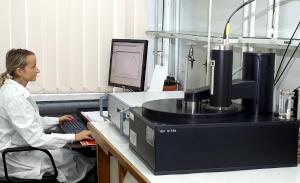
Thermoluminescence measurement with Risø TL/OSL DA-20 reader adapted for the detection of irradiated food from which silicate minerals were isolated (PN-EN 1788)
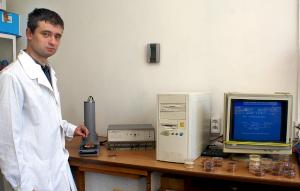
Photoluminescence measurement with the use of SURRC PPSL Irradiated Food Screening System (PN-EN 13751)
OPresent activity of the laboratory is focused on the improvement of mineral separation technique from fine powdered samples containing typically one irradiated component among the others not irradiated. (herbal pharmaceutics and extracts, for example). ESR and PPSL method are also tested with similar complex samples.
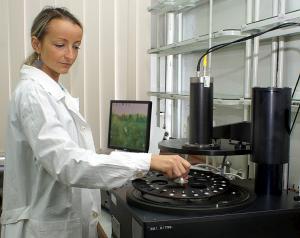
Thermoluminescence measurement with Risø TL/OSL DA-20 reader adapted for the detection of irradiated food from which silicate minerals were isolated (PN-EN 1788)
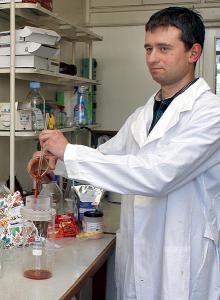
Isolation of silicate minerals from powdered spices
On the orders of domestic and foreign customers laboratory is executing the examination of spices, herbs, vegetables an their blends including herbal pharmaceutics, extracts and diet supplements, poultry, fish, nuts, dried fruits, etc. whether irradiated. (see also Institute → Services → Detection of irradiated foods)
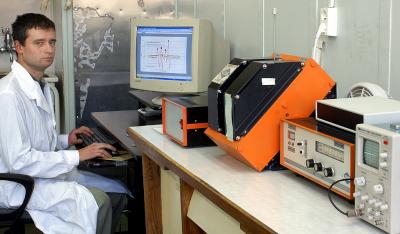
ESR measurement with EPR 10 Mini SpIN spectrometer (PN-EN 1786, PN-EN 1787, PN-EN 1788, PN-EN 13708)